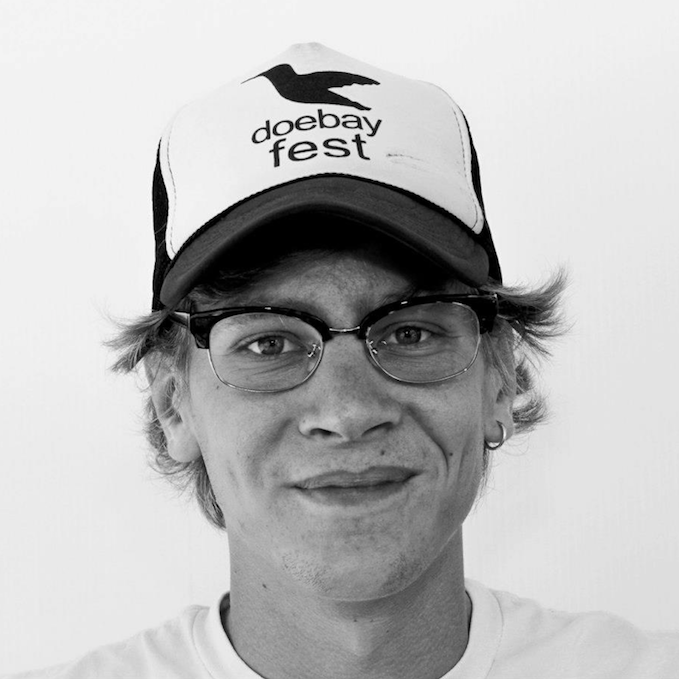In the past year, the Genuine Alaska Pollock Producers (GAPP) trade group has made a concerted push to expand the market reach of Alaska pollock both domestically in the United States and globally.
Since enlisting a new board of directors and expanding its annual budget to USD 4 million (EUR 3.4 million) in 2019, the organization has built awareness and demand for its marquee product through the use of the “wild Alaska pollock” tagline.
At GAPP’s second annual meeting on 12 October, held virtually as a result of the coronavirus, GAPP reviewed key strategic research findings to aid its members in expanding the reach of their products.
The results of a study carried out by Cornell University Professor of Applied Economics and Management Harry Kaiser for GAPP showed the nonprofit’s efforts to spread the word about Alaska pollock have been wildly successful – for every dollar invested into the program over the past two years, USD 28 (EUR 24) has come back into the industry via the purchase of pollock fillets and surimi.
“When you look at the data, the investment in GAPP has yielded an ROI almost double the media and created than well-recognized commodity marketing organizations like pork, soybeans, and beef,” Kaiser said during his presentation.
A major part of GAPP’s strategic plan involves consumer research – understanding who the wild Alaska pollock consumer is, who the target consumer is, and what types of messaging will resonate with consumers, according to GAPP CEO Craig Morris.
The group’s marketing efforts over the past two years have resulting in greater consumer familiarity with the product, according to Mary Elizabeth Germaine of Ketchum Analytics, who also spoke at the event. Germaine said at least 10 million more American consumers are aware of Alaska pollock and know something about it as a result of the “Wild Alaska Pollock” campaign Familiarity with the fish increased by three percent this year to 55 percent from 52 percent last year, Ketchum found.
“Great gains have been made, but there’s lots of opportunities ahead and we need to turn up the volume,” Germaine said. “Wild Alaska pollock fits perfectly into what consumers are looking for, including a healthier alternative to meat.”
Beyond North America, GAPP has also seen a recent uptick in pollock purchases in Europe, although GAPP sees an opportunity press its gains and improve name recognition there as well. While the fish is well-liked in the United Kingdom, Germany, and France, it’s a fish that is “hidden in plain sight,” according to Leigh Morris, of analytics consultancy Bonomy Finch, which conducted two months of research on the European market for GAPP. The firm found that while 99 percent of people surveyed in Germany had heard of pollock, name recognition of the fish was lacking in France and the United Kingdom. Still, this didn’t affect pollock consumption on the continent, which reached an all-time high in Europe this year.
“Customers just love fish in Europe and it became a major staple during the pandemic,” Nomad Foods Category Marketing Director Carly Arnold said during the meeting. “Through lockdown, we brought in two million more consumers to the frozen fish category. In the U.K., consumers even purchased freezers to keep their extra fish.”
Gorton’s Director of Brand Development Gavin Kennedy said GAPP is optimistic about growth heading into 2021, in part due to the fact that unlike so many sectors, the frozen seafood industry was not decimated by the coronavirus pandemic; Instead, it grew.
“We saw pantry-loading in the beginning [of the pandemic] and built household penetration with new users coming in or back to the frozen seafood category, to the tune of over 2.5 million more households,” Kennedy said. “Even more exciting, however, is that repeat consumers are coming back and enjoying wild Alaska pollock, which we can all capitalize on. Upgrading and actively promoting wild Alaska pollock in our core products, we are more confident consumers are having a positive experience, elevating the perception of wild Alaska pollock for a new generation of consumers.”
Another selling point GAPP aims to capitalize on is its sustainability, according to Morris. GAPP research found more than 80 percent of U.S. companies say that they are more focused on sustainability today than they were three years ago. In order to make the most of this movement in the market, GAPP has enlisted the help of Quantis, a sustainability consulting firm, to help it carry out a life-cycle assessment study to establish the overall environmental impact of the fishery. A survey administered to industry stakeholders took into account fishing and processing data, including fuel and energy usage, as well as potentially smaller impacts, such as coolants and lubricant usage, to determine the carbon footprint. Quantis is currently completing the analysis and will soon carry out a third-party expert review process.
The meeting also brought in presenters from outside the industry, such as celebrity chef Dan Churchill, who promotes healthy foods such as grain bowls at his New York restaurants.
“This fish is incredible from a chef perspective,” Churchill said during his keynote address. “It’s tremendously easy to cook and when you tell the amazing story of the fish, including its sustainability, guests are even more interested in trying it.”
The event, which was viewed live by some 200 attendees, was held last year in Seattle, Washington.
Photo courtesy of Genuine Alaska Pollock Producers







